Starling dike near Petten
Anyone driving along the Starling Dike on the north side of Petten would not say it was an important seawall for the village. The dike had to defy the violence of the North Sea. Now it lies in the middle of the landscape with houses on the south side and dunes on the north. Only the street sign is a reminder of its former function.
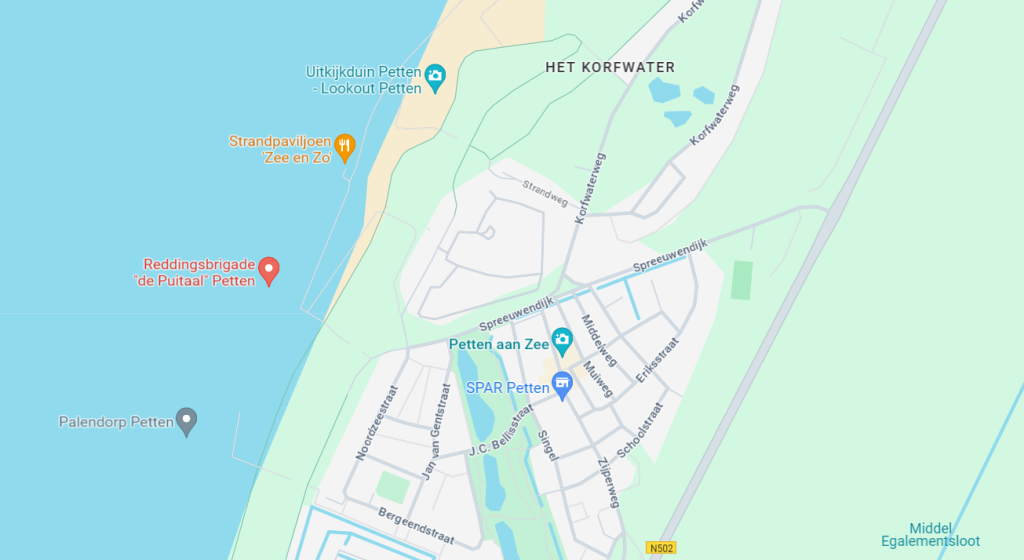
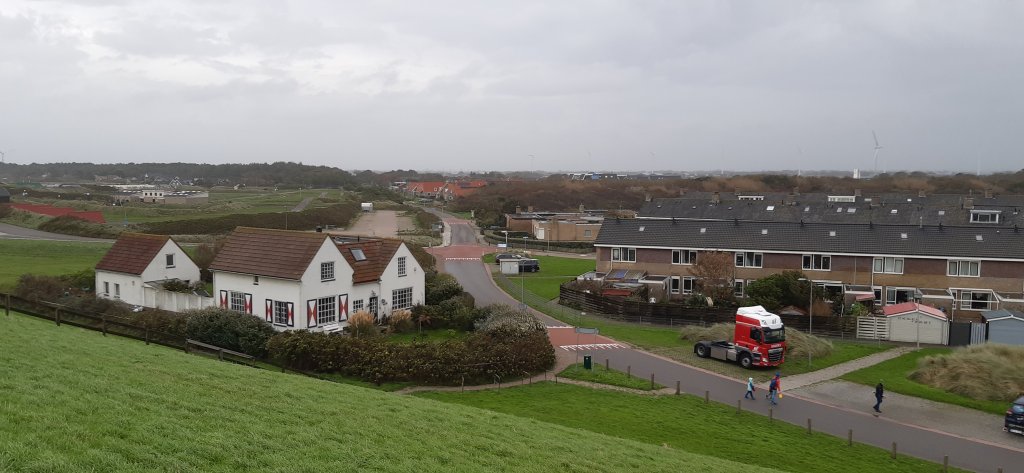
Pauwendijk
In the 17th century, the North Sea at Petten continually scoured sand away from the beach and dunes. This coastal erosion slowly but surely washed the village into the sea. Directly behind the village, in the back on the landward side, an open water called the Crabbe- or Corfwater was created. The sea water came over the beach during storms and then filled this bowl. In the mid-17th century it was decided to reclaim the Krabbewater. This was easily done by building a cross dike from the dunes at Petten (near the lighthouse) to the Zijperpolder. In 1668 a dike was in place, built by Count Leonard van der Nath, the lord of Petten. Already in the same year the dike had failed. The breach formed a threat to the dike of Zijpe due to the scouring of the water. The chief landowners of Zijpe contacted Van der Nath's son, Johan van der Nath, to repair the dike. For this purpose, surveyor J. Heijmenbergh was asked to measure the dike. The dike was referred to by the surveyor as Pauwendijk. In 1676 a new dike was constructed, but this attempt also came to nothing and the dike was lost.
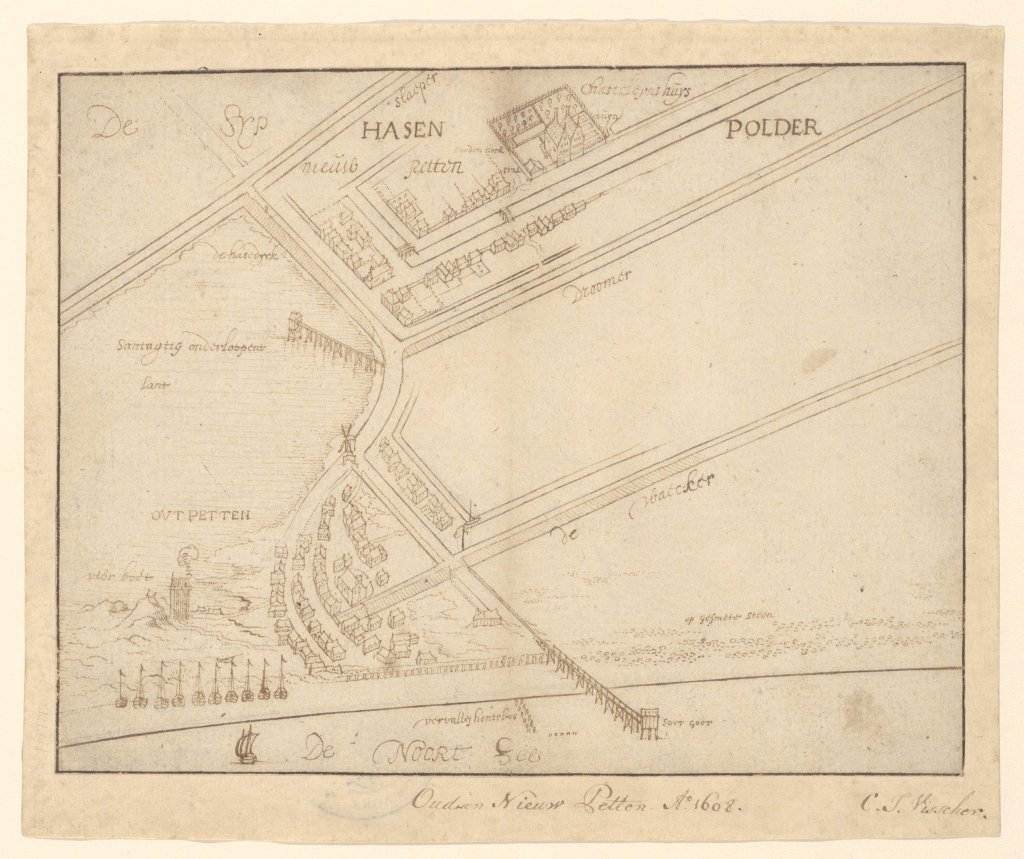
Alkmaar salt workers
In 1691 Mr. Gerrit Schatter, tax collector from Haarlem, made a new attempt to reclaim the Krabbewater. In that year, Schatter bought the seigniory of Petten from the Van der Nath family for 11,400 guilders. This meant, among other things, that he had rights to the hunting, fishing and appointment rights in Petten and could call himself "lord of Petten and Nolmerban. This new dike did not last either. Schatter was eager to enlarge his seigniory, so on May 5, 1692, he contracted for the repair of his ruined dike. This met with fierce resistance from the Alkmaar salt workers. They wanted to keep the pump house placed in the Krabbewater in 1624. With this pump, salt seawater was pumped through a gutter into special water barges and transported to Alkmaar. There that water was used in salt refining. Schatter did not care about this, however, and had the pump house boarded up with a plank in front of the door. This led to a lawsuit before the Supreme Court, which Schatter eventually lost in 1693. He got into financial trouble and his manor was sold to Gerard van Egmond van de Nijenburg.
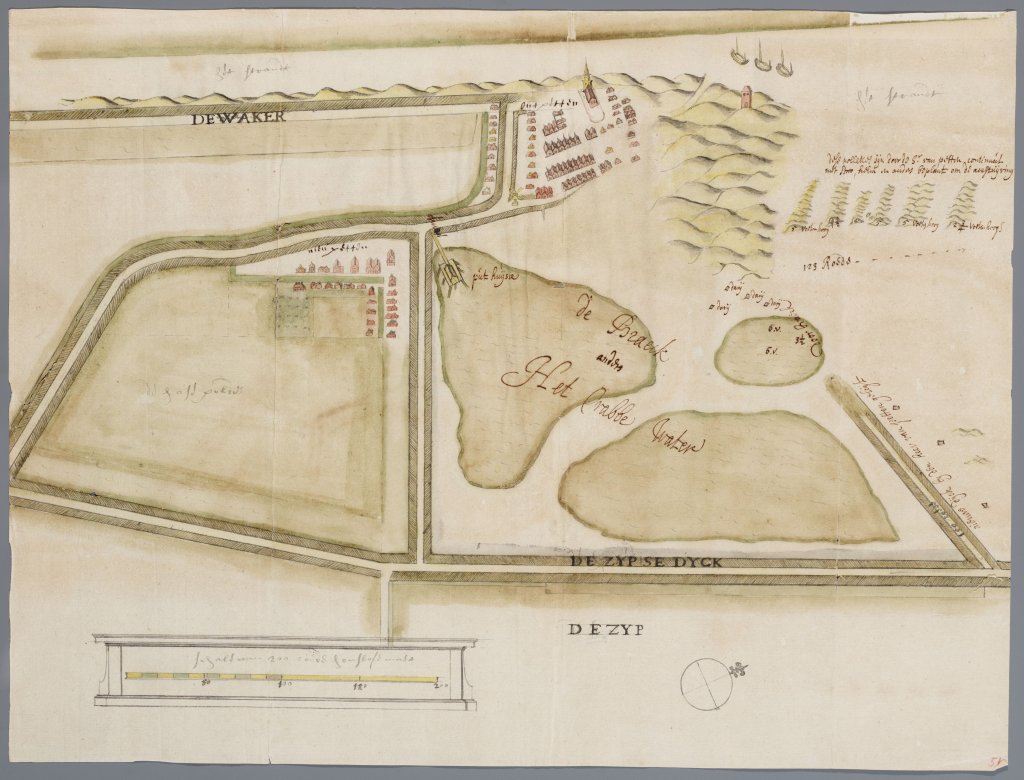
In 1698, Gerard van Egmond picked up the plan to dike the Krabbenwater again. To prevent the salties from resisting again, he moved the old pump house to the beach in front of the sea wall. This allowed the salties to take water directly from the North Sea. The diked, new land became known as the Pettemervlak. The new dike was named Starling Dike.
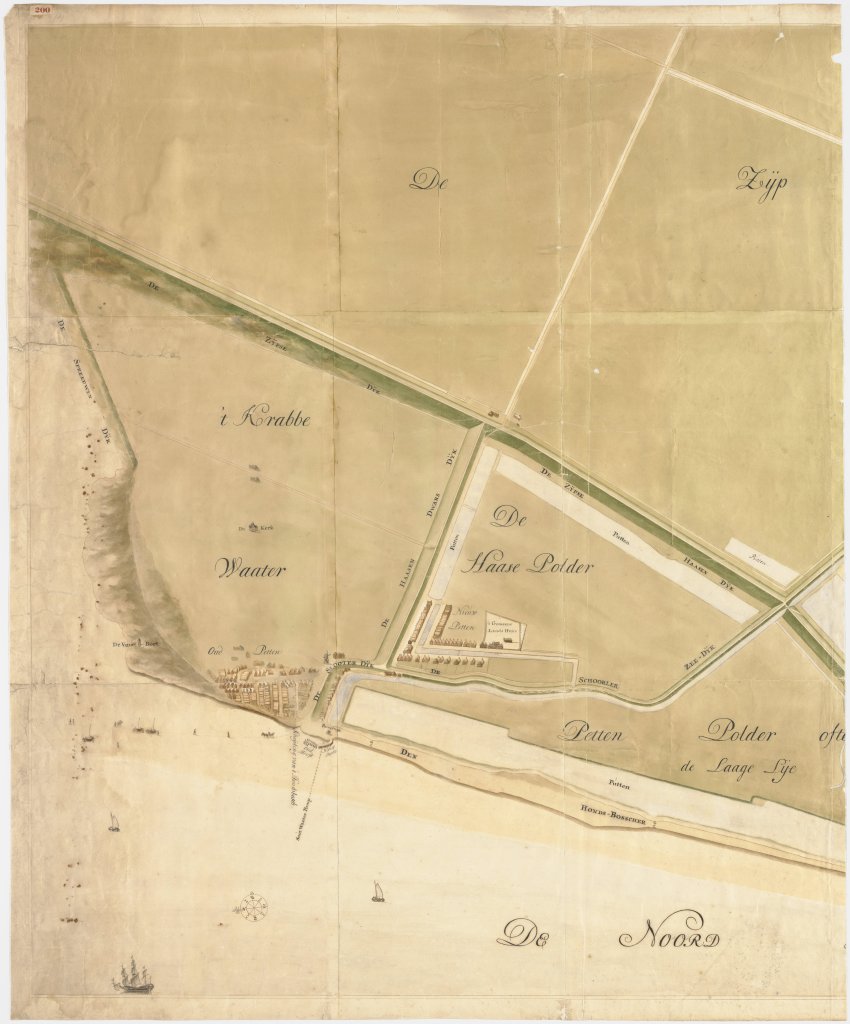
With the formation of dunes in front of the Starling Dike, by 1774 the sea was no longer a danger and the little dike lost its function. As mentioned above, now only the name of the road recalls the function of the little dike.
Name of the dyke
The name Spreeuwendijk is not, as it suggests, derived from the bird species. But the name comes from a resident of Oudesluis named Cornelis A(d)ri(aen)sz. (also Aerjensz.) Starling.
He submitted a request in 1688 to be allowed to catch birds on the outer dike gorzen (overgrown outer dike lands that only flood during spring tides) with a bunting net. In addition, in 1691 he was also superintendent of the dike works, which he helped direct. Mr. Gerrit Schatter was apparently very pleased with Spreeuws supervision and so the dike was named after him.
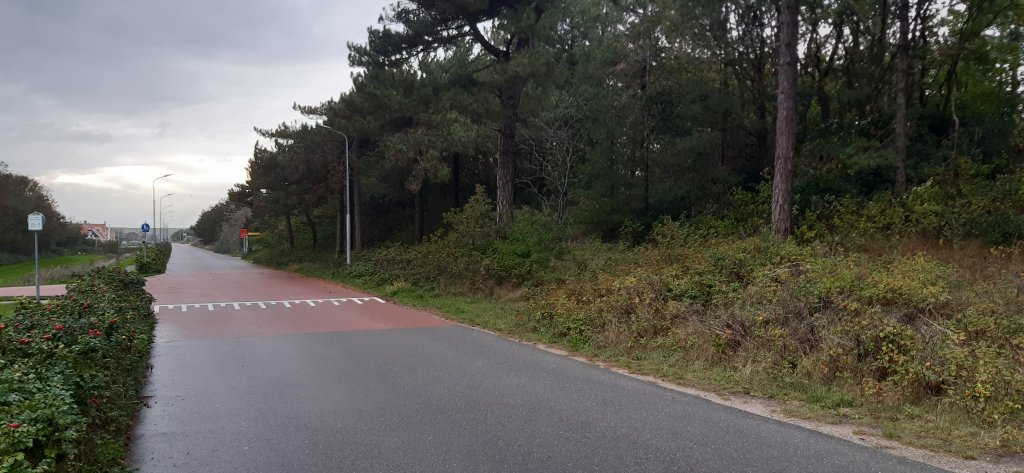
Additional
Hiking
- Green route from starting point Petten (Wandelnetwerk Noord-Holland)
- Blue route from starting point Petten (Wandelnetwerk Noord-Holland)
- Starting point Petten (Wandelnetwerk Noord-Holland)
- Hiking through the Pettemerduinen (route.nl)
Bikes
- A historical tour of Petten (Historical Society De Zijpe)
- Beautiful coastal route near Petten by the sea (route.nl)